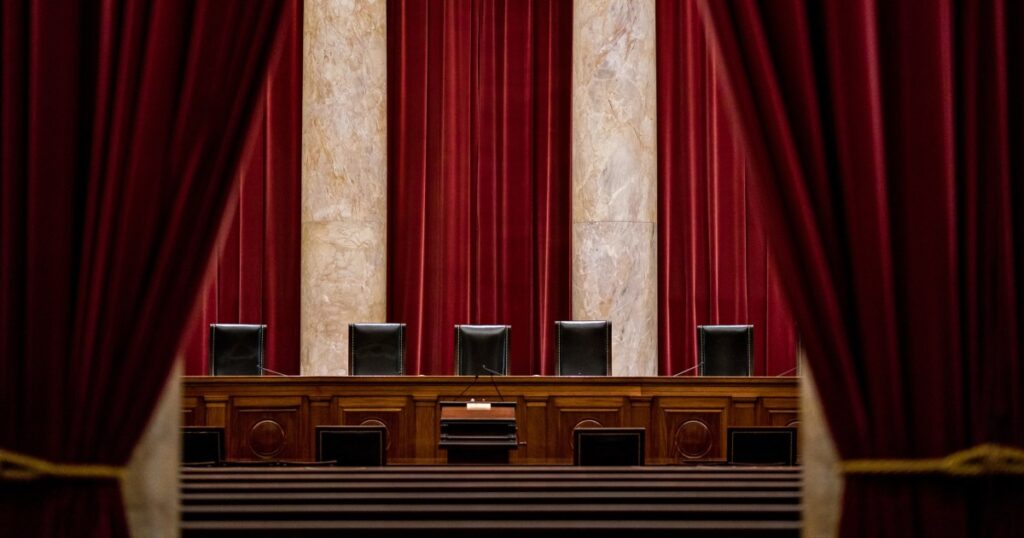The Supreme Court is addicted to secrecy and control.
One of the most glaring examples is the court’s refusal to fully broadcast its proceedings. But a new bipartisan bill in Congress would change that. While it’s pathetic that it would take a law to force the justices to allow the public to watch their public work, if that’s what it takes, then so be it.
To be sure, the Senate bill is part of a long-running effort, often resisted by the justices, to bring the court into something resembling the 21st century. It was only recently that the court began livestreaming audio of its arguments — and that was considered something of a revolution.
But there’s no reason to think that the court would allow video unless forced. Recall that the court recently said it would resume its pre-pandemic practice of announcing its opinions in the courtroom, but still won’t stream the audio of those announcements, despite continuing to stream the audio from arguments.
The new bill, the Cameras in the Courtroom Act, was announced Thursday by Sens. Dick Durbin, D-Ill., and Chuck Grassley, R-Iowa, the Senate Judiciary Committee’s chair and ranking member, respectively. Here’s what Durbin said, referring to the recent GOP-led rulings on abortion and guns that overturned Roe v. Wade and further expanded the Second Amendment:
Rulings made by Justices in our nation’s highest court impact the lives of every American, regardless of zip code. We see an ever-apparent interest for the American people to be able to witness the highest court’s proceedings, from seemingly routine sessions to oral arguments in high-profile cases like Dobbs and Bruen, for example.
If the court has nothing to hide, then it should want to share its work with as many people as possible, as quickly as possible.
On Friday, for example, the court livestreamed a memorial for late Justice Ruth Bader Ginsburg. Presumably, it was an event that the court was proud of and wanted people to see.
Proponents of the…
Read the full article here





